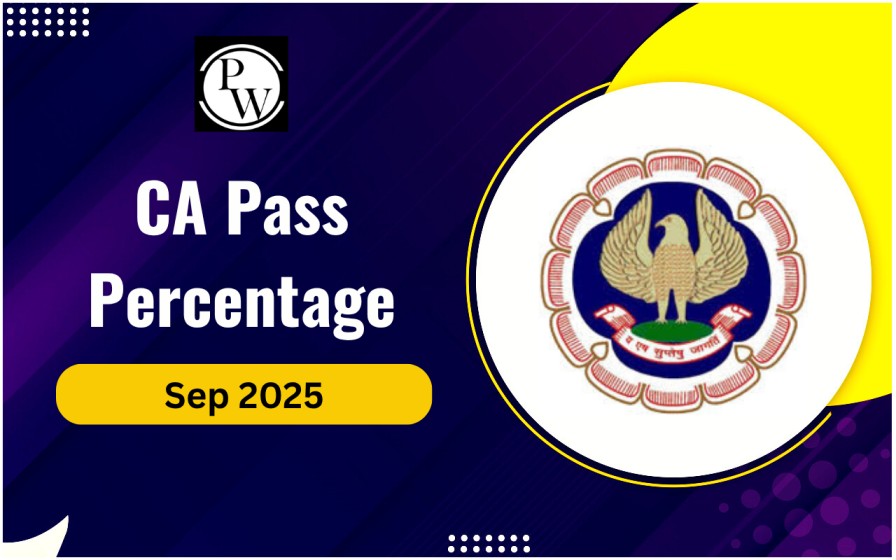

Strategic Choices play a critical role in shaping the success of an organization. Whether it’s a multinational corporation or a budding startup, the ability to make the right Strategic Choices determines long-term sustainability.
For CA exams, understanding Strategic Choices is essential, especially as it forms a crucial part of the CA Intermediate syllabus. Here, we will explore the concept in depth, breaking it down into various components and real-world applications, making it easier for you to grasp.
What Are Strategic Choices?
Strategic Choices refer to the decisions made by businesses to achieve their long-term goals. These decisions include market selection, competitive positioning, and resource allocation. A company’s ability to survive and grow depends on the effectiveness of its Strategic Choices.
Strategic management involves three core aspects: strategic analysis, strategic choice, and strategic implementation. As a CA student, mastering these concepts will enhance your analytical and decision-making skills, making you a valuable asset in the financial world.
Importance of Strategic Choices in Business
Understanding Strategic Choices is crucial for financial advisors, accountants, and auditors. Poor decision-making can lead to financial losses, while effective strategies can result in sustainable growth. Companies must evaluate risks, financial constraints, and competitive advantages before finalizing their Strategic Choices.
Also Check: Linear Equations Up-to Three Variables
Types of Strategic Choices
Strategic choices can be categorized based on the level at which they are made within an organization. These choices shape the overall direction and success of a business. The following are the key types of Strategic Choices that companies must consider.
Corporate-Level Strategic Choices
Corporate-level Strategic Choices involve decisions that impact the entire organization. These choices determine the overall direction of the company and include aspects like mergers, acquisitions, and diversification. For instance, if a company chooses to diversify into a new market, it needs to consider financial feasibility, legal implications, and market conditions.
A real-world example is Tata Group’s decision to expand into various industries, including automobiles, steel, and technology. Their well-calculated Strategic Choices have made them a global leader.
Business-Level Strategic Choices
At the business level, Strategic Choices revolve around competitive positioning. Companies must decide whether to compete based on cost leadership, differentiation, or a focus strategy.
For example, Reliance Jio’s decision to enter the telecom sector with a cost-leadership strategy disrupted the market. Their strategic decision to offer low-cost data plans led to an industry-wide transformation.
Functional-Level Strategic Choices
Functional-level Strategic Choices focus on specific business functions such as marketing, finance, and operations. These choices impact daily business activities and must align with corporate and business-level strategies.
For instance, a company may decide to adopt digital marketing strategies over traditional methods to reduce costs and enhance customer engagement. This decision directly impacts revenue generation and market positioning.
Frameworks for Making Strategic Choices
Companies use various frameworks to evaluate and make Strategic Choices effectively. These frameworks help in analyzing internal and external factors that influence decision-making, ensuring businesses remain competitive and financially sound. The following are some of the most widely used frameworks.
SWOT Analysis for Strategic Choices
One of the most effective tools for evaluating Strategic Choices is SWOT analysis. By assessing Strengths, Weaknesses, Opportunities, and Threats, companies can make informed decisions. As a CA student, mastering SWOT analysis will help you analyze a company’s financial and strategic health.
Porter’s Five Forces in Strategic Decision-Making
Michael Porter’s Five Forces model is another essential framework that helps businesses evaluate external factors influencing their Strategic Choices. The five forces include competitive rivalry, supplier power, buyer power, threat of substitution, and threat of new entrants.
A company facing intense competition might choose a differentiation strategy, offering unique products to gain a competitive edge. Understanding these forces will enable you to guide businesses in making financially sound decisions.
Strategic Choices in Financial Decision-Making
Financial strategy plays a pivotal role in shaping a company’s growth and stability. Making the right Strategic Choices in investment and capital structuring ensures long-term profitability and risk mitigation. Let’s explore key financial decisions that businesses must consider.
Investment and Capital Structure Decisions
Financial strategy is a critical component of Strategic Choices. Businesses must decide on the right capital structure, balancing debt and equity to ensure profitability and growth.
For example, a company choosing to finance its expansion through equity must assess shareholder expectations, while debt financing requires evaluating interest costs and repayment capacity.
Cost Management and Budgeting
Efficient cost management is crucial for businesses to remain profitable. Companies must decide whether to cut costs, invest in technology, or increase pricing based on market conditions. As a CA, understanding budgeting techniques and cost-control measures will help you advise businesses effectively.
Strategic Choices FAQs
What are Strategic Choices in business?
Why are Strategic Choices important for businesses?
How can CA students benefit from learning about Strategic Choices?
What frameworks are used to make Strategic Choices?













